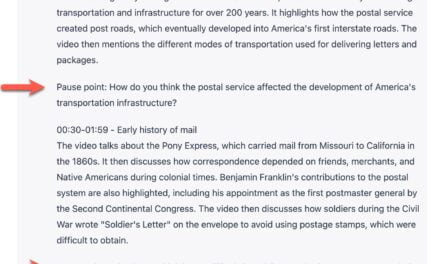Have I mentioned lately that math instruction will be outsourced to technology? (oh yeah, pretty much every time I find myself speaking at a conference)
See NCAT’s latest initiative “Changing the Equation” email, which I’ve copied below:
Changing the Equation Selects 38 Institutions
The National Center for Academic Transformation (NCAT) is pleased to announce that 38 two-year institutions* have been selected to participate in Changing the Equation, a new program focused on redesigning remedial/developmental math supported by a $2.3 million grant from the Bill & Melinda Gates Foundation. Institutions participating in the program will improve student learning outcomes while reducing costs for both students and institutions using NCAT’s proven redesign methodology. Collectively, these 38 redesigns will impact more than 100,000 students annually.
Each participant in Changing the Equation will redesign its entire developmental math sequence-all sections of all developmental courses offered-using NCAT’s Emporium Model and commercially available instructional software (ALEKS, Carnegie Learning, Hawkes Learning Systems and MyMathLab.) Each redesign will modularize the curriculum, allowing students to progress through the developmental course sequence at a faster pace if possible or at a slower pace if necessary, spending the amount of time needed to master the course content.
You know how they are reducing costs, right? Less instructors, more technology.
I think NCAT and The Gates Foundation have their heart in the right place (they want to see improvements in student success rates in math). However, I think this will pretty much kill any hope of engaging students in a love of mathematics. Students might pass (some question about the fact that homework counts for larger percentages of the grades in these NCAT courses), but I doubt very much that students will ever voluntarily take more math than the minimum requirements. Why is this a problem? Because WE NEED MORE STEM GRADUATES, not less. If students don’t have the desire to take more math, they are also cut off of careers in Chemistry, Physics, Engineering, Biology, Economics, and Computer Science.
On the one hand, I think we (math instructors) are reaping what we’ve sown. Math classes are, for the most part, pretty boring. When there is engagement, it’s mostly between the instructor and the student (not student to student). Classes that function in this manner (mine included) probably deserve to be replaced by technology.
But there is also another way … we could improve the classes. We could make them more engaging. We could use play and exploration to get students interested in math again. We could personalize the learning to the interests of each student (more on this to come). We could use class time to let students work together to solve problems in innovative classroom environments.
This movement to the emporium model pushes colleges even more towards the “industrial model of education.” I think this is a huge mistake. We need to engage students in learning and wanting to learn. We need for students to be excited about learning math. I’m trying really hard to imagine students talking excitedly to their friends about how fun the Emporium method is for learning math. I have a good imagination, but I’m just not seeing it.
This? This is 100,000 new students going down the math assembly line.
Come on … we have better ideas this.





